Market Share
Reciprocating Compressor Market Share Analysis
The reciprocating compressor market is a very competitive environment where various companies use different strategies to gain a position in it. The most common approach is differentiation in which companies emphasize on the provision of superior characteristics or outstanding performance that distinguishes their compressors from those by competitors. This method encompasses the injection of capital in research and development to improve product efficiency, minimize energy absorption, as well as tangible reliability. Companies create unique benefits to attract customers looking for products suited to niche industrial requirements. Another popular strategy in the reciprocating compressor market is cost leadership. Companies that follow this path focus on process optimization, supply chain rationalization and cost reduction due to the economies of scale. Therefore, they can provide quality compressors at competitive prices. This tactic is especially beneficial in targeting cost-conscious customers who are primarily interested in value and not performance. However, constant improvements in operative efficiency and cost management must be undertaken by enterprises that plan to occupy a position of leadership based on pricing. Market segmentation also contributes to the effectiveness of positioning strategies within reciprocating compressor market. Companies target market segments based on the industrial type, requirements of application and geography. Through the customization of products and marketing strategies to target these specific needs, companies can further solidify their market position as well as capture an audience base. This strategy calls for comprehensive knowledge of the preferences of customers and an adaptable product range that meets various customer segments well. Moreover, strategic alliances and collaborations contribute significantly to improving position in the market share. Alliances between companies, suppliers, distributors, and various interest groups help them grow their influence by improving the availability of products. Also, collaborative ventures can help in knowledge exchange which makes it easier for the companies to introduce new creative attributes into their compressors much faster. Through using the advantages of their partners, companies may strengthen their overall position in the market and achieve competitive advantage. There has been a steady development of customer-centric approaches in the reciprocating compressor market. Companies from the past have focused more on knowing client needs, customer satisfaction and relationship-building. However, offering complete after-sales support, including maintenance services and the availability of spare parts would help a lot in enhancing customer satisfaction. Not only does it retain the current customers, a good product experience also attracts new clients through word of mouth. Besides, the positioning of market share in a reciprocating compressor industry is influenced by environmental sustainability. Eco-conscious firms are spending on environment friendly technologies and advocate energy efficient compressors as the need for environmental consciousness continues to rise. This approach not only supports sustainability goals worldwide but also meets the needs of environmentally sensitive customers. Companies can gain a market share that distinguishes itself by caring about the environment when they present themselves as pioneers in green technology.

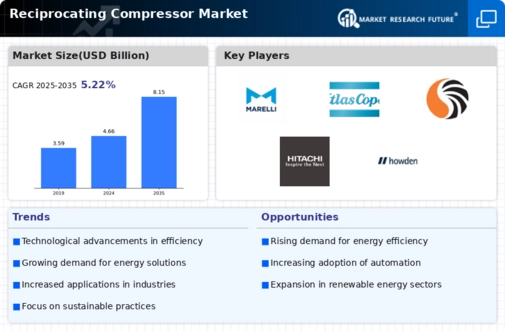
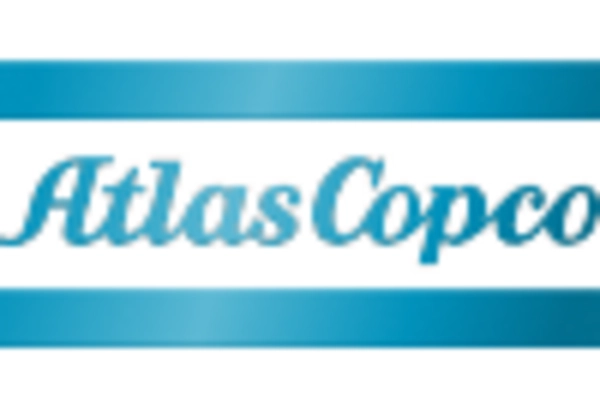
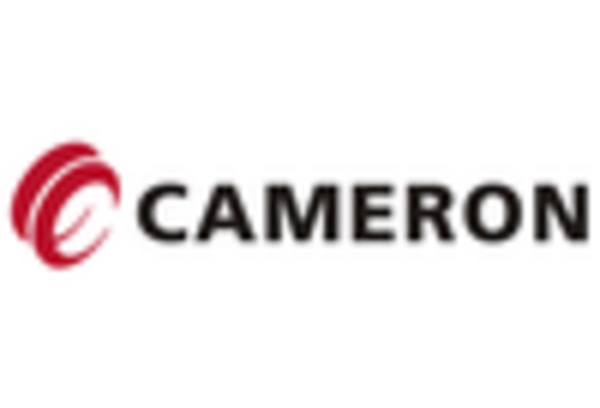
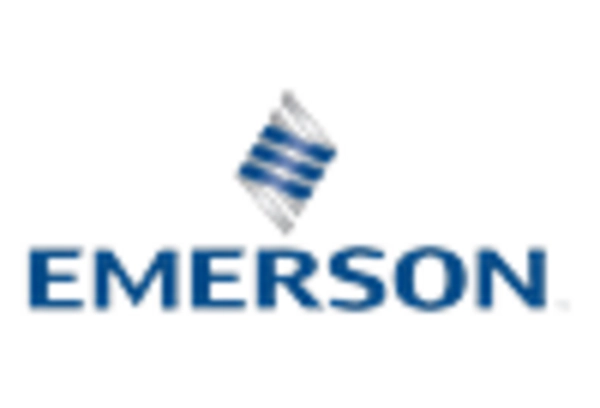

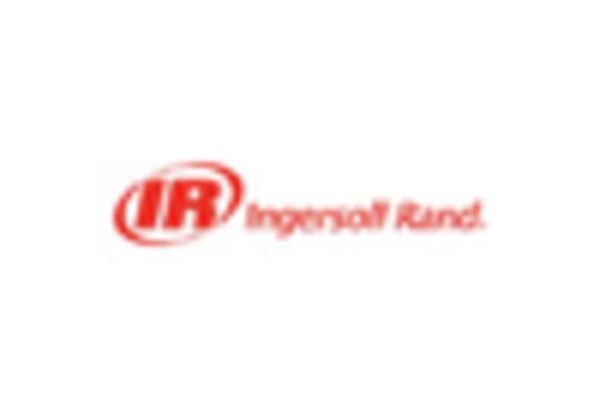










Leave a Comment